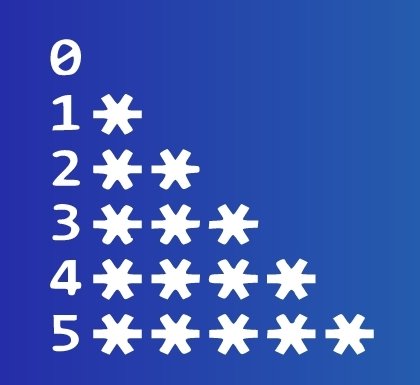def func(x, y=5, z=10):
return x + y + z
result = func(3, z=7)
print(result)
Solution and Explanation:
This Python code defines a function called func with three parameters: x, y, and z. The parameters y and z have default values of 5 and 10 respectively.
Here's the breakdown:
x is a positional argument.
y is a keyword argument with a default value of 5.
z is also a keyword argument with a default value of 10.
When the function func is called with func(3, z=7), it assigns 3 to x (as a positional argument), and 7 to z (as a keyword argument), while leaving y to its default value of 5.
So the function call func(3, z=7) effectively calculates 3 + 5 + 7, which equals 15.
Then, the value 15 is assigned to the variable result.
Finally, print(result) prints the value of result, which is 15. So, when you run this code, it will print 15 to the console.







































.png)























